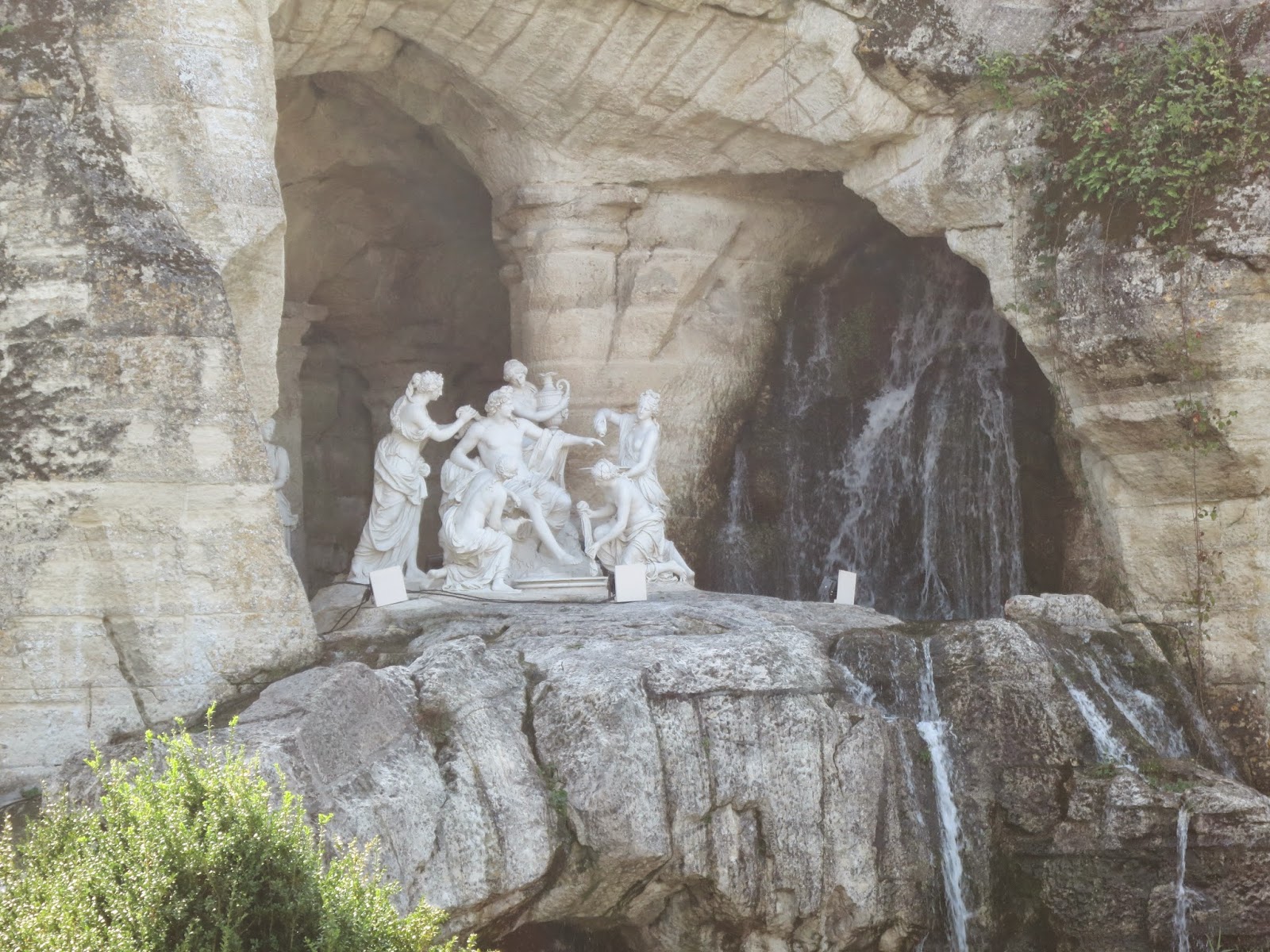My childhood seems a lifetime ago, a time on which I can look back with the fond memories of forgotten summers spent pining for another week of freedom. As a child, books were a part of my summer as much as summer camp with Boy Scouts, the beach or visiting Grandma. I didn't mind these reading lists, in fact reading was as much a challenge as a pleasure for me (maybe that makes me weird). Among my very favorites, even when I was very young was Tom Sawyer by Mark Twain. I first got hooked on the book because my parents had the book on a little white set of cassette tapes. I'd pop the suckers in and listen to them for hours on my little tape deck in my room - over and over again, I couldn't get enough.
Twain was as masterful a writer as he was a storyteller, and the words came out like sparks of lightning laced in starfire - quick, rich and suspenseful. Everyone knows the story, or should, and they know it comes from Twain's own experiences as much as it does imagination. In a way, the book was his own recollection of the freedom of childhood, thus its appeal to me at that tender age.
So it came as no surprise that I was interested right away to discover the sequel, and often thought superior title, The Adventures of Huckleberry Finn. I never got to read the book till high school though, and looking back, I wish I had read it earlier. The book is a coming of age story, a story of friendship that surpasses the bonds of race or age. Its a struggle of a boy growing beyond the boundaries of childhood, beyond the prejudices of the people around him. Its a human story, perhaps one of the greatest American novels ever written.
Yet, you will find such hatred and vitriol for this book, a fear to read it and teach it nowadays- all because of one word. We know the word I talk about, and I wont utter it here, but lets give it some due attention. Words were Twain's greatest art, he famously said that
Yet, you will find such hatred and vitriol for this book, a fear to read it and teach it nowadays- all because of one word. We know the word I talk about, and I wont utter it here, but lets give it some due attention. Words were Twain's greatest art, he famously said that
“The difference between the right word and the almost right word is the difference between lightning and a lightning bug.”
Twain lived in a time when this word had the very same meaning it does today, denoting racial prejudice, hatred, fear- yet it was the word used. People seem to only see the word, and not the world surrounding it- that is to say, they don't see the lightning bug in the lightning. We should look at the book itself, the meanings, the philosophies, the message beyond ONE word. We need to embrace that word, hate it, but embrace it. It should drip from the proverbial crevices of our mind when we see Huck set out on his own, seeking his freedom. We should feel his torment, drawn between choices of good human nature, and his own interest. We should rejoice when he makes the right decision- we should weep to share the woes between him and Jim.
We, as readers, as writers, can only hope to accomplish such things, such lightning in a bottle as Twain does when he evokes this word. He evokes a time, a place, a meaning that hasn't changed. Twain, I think, knew the changing world, the changing of a word. He used it in the sense that it was something the future understood was evil- as slavery was. The story isn't even about a race, it is about two people, a boy and a man, the friendship and conflicts they endure in a pursuit of different freedoms.
To deny this truth, to ban a book on one word, is myopic at best, unintelligent at its core, and deceiving at its worst. We deny where we came from, we deny our own prejudices, and thus we cannot overcome them. We throw a book away, we hide it, its meaning to future generations because we are afraid of ourselves.
I would like to hope Mark Twain smiles down on me as I open this proverbial can of worms. I don't defend a use of this word by any means- indeed as a white male, I am the last person who should make this argument. I wonder if I am wrong, alone in this train of thought, about a book, about a journey into adulthood- into enlightenment. Something Twain knew all young boys, girls, men, women of every race and culture seek to embrace- and which he wrote as his masterwork.






























































